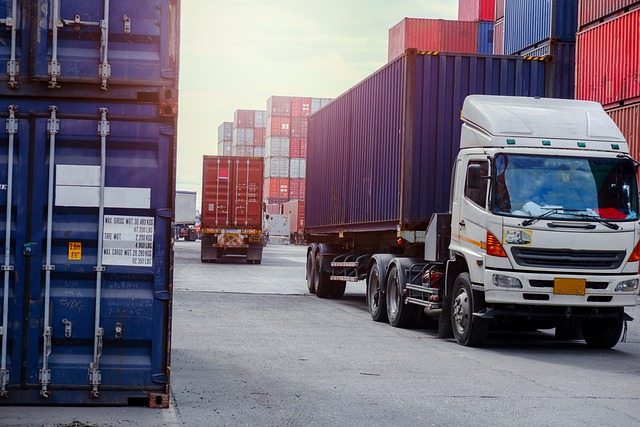Shipping Flip Beds from Guangzhou/Shenzhen to San Diego, USA: A Comprehensive Guide
1. Shipping Options: FCL vs LCL
There are two primary methods for shipping goods from China to the United States: Full Container Load (FCL) and Less than Container Load (LCL).
Full Container Load (FCL):
For large shipments, especially when the quantity of flip beds is high, shipping via FCL is the preferred choice. With FCL, the cargo occupies the entire 20-foot or 40-foot container. The benefit of FCL is that it minimizes handling time and reduces the risk of damage, as the goods are not mixed with other shipments. Additionally, it ensures quicker transit times as the container does not need to be consolidated with other goods at ports.Less than Container Load (LCL):
For smaller shipments or when the quantity of flip beds is not enough to fill an entire container, LCL is a more cost-effective option. In LCL shipping, your cargo is consolidated with goods from other exporters in a single container. While this option may be cheaper, it involves more handling and slightly longer transit times.
2. Journey Timeline and Sea Freight
The typical sea freight journey from Guangzhou or Shenzhen to San Diego takes approximately 16 days. This timeline can vary depending on the shipping route and port congestion. Here’s a breakdown of the journey:
- Departure Port: Guangzhou or Shenzhen, China
- Arrival Port: San Diego, CA, USA
- Transit Time: Approximately 16 days at sea
- Port-to-Port: The shipping process involves transporting the goods to the port, loading them onto a container ship, and sailing across the Pacific Ocean.

3. Packaging for Flip Beds
Proper packaging is crucial when shipping flip beds internationally. The packaging ensures that the beds arrive at their destination safely and in good condition. Here’s how flip beds should be packaged for sea freight:
Protective Wrapping:
Flip beds should first be wrapped in thick plastic or a durable protective film to safeguard them from moisture and dirt during transit. This also helps protect against abrasions or minor impacts during handling.Foam or Bubble Wrap:
To prevent the beds from being damaged by external forces, foam sheets or bubble wrap should be used around the edges and corners. This extra layer of cushioning reduces the risk of the beds getting dented or scratched during the shipping process.Cartons or Wooden Crates:
Depending on the size and fragility of the flip beds, they may be packed into large, sturdy cardboard cartons or wooden crates. Wooden crates offer enhanced protection, especially for more fragile items. The crate should be secured with steel bands to prevent movement inside the container.Labeling and Documentation:
Proper labeling is essential for customs clearance. Ensure each flip bed is clearly labeled with shipping information, including the destination address, consignee details, and handling instructions. It’s also important to include necessary customs documentation like the bill of lading, commercial invoice, and packing list.
4. CIF Shipping Term: What It Includes
In this case, the shipping terms are CIF (Cost, Insurance, and Freight), which means the seller covers the costs of transporting the flip beds, including the cost of freight, insurance, and handling charges up to the port of arrival in San Diego. This ensures that your shipment is insured against potential damage or loss during transit.
However, once the goods arrive at the port, you, as the buyer, are responsible for clearing the goods through customs, paying any applicable import duties, and arranging inland transportation to the final destination.
5. Customs and Import Process
Once the container with flip beds arrives at the port of San Diego, it will undergo customs inspection. Ensure all paperwork is in order, including the bill of lading, commercial invoice, and packing list. Customs duties and taxes will apply, depending on the value of the goods. It’s important to work with a reliable customs broker to ensure that the goods clear customs smoothly and are ready for delivery.



